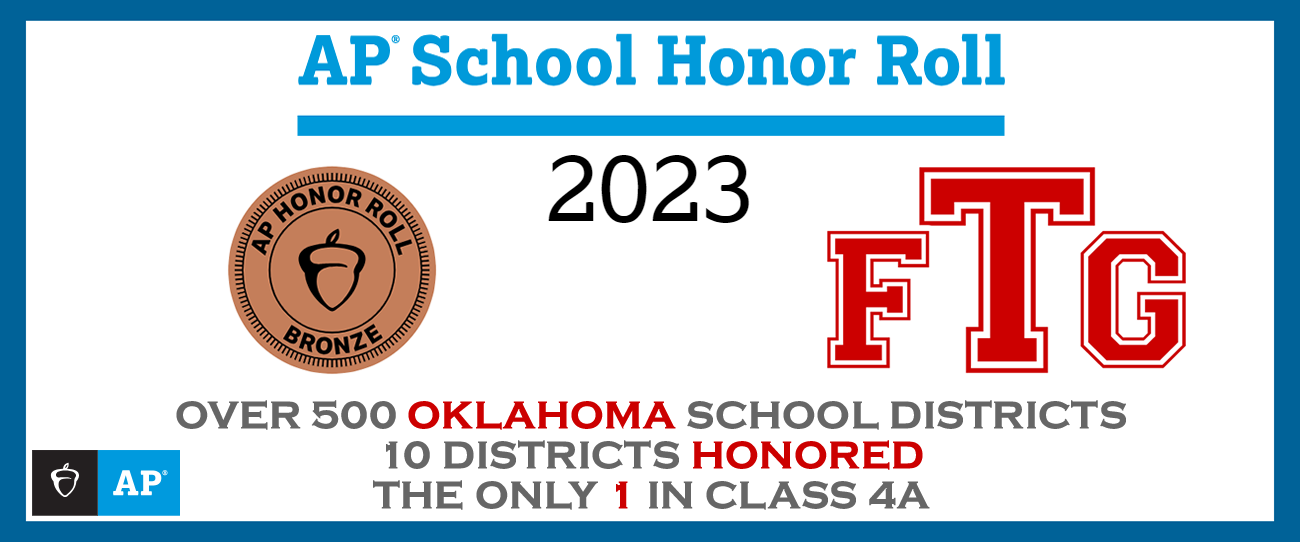Federal Programs
Preface
Supplemental state and federal programs have always provided a welcomed means by which to enhance the educational opportunities; however these funds play a very critical role in meeting the challenges set forth upon public schools along with state reductions.
Additionally, all programs are in compliance with the Every Student Succeeds Act (ESSA) goals and regulations and are in alignment with the state standards. A special note to our patrons: funding for Community Education has been discontinued by the state, but the Board of Education and administration are continuing this vital program to address the needs within your district.
Carl D. Perkins Vocational & Technical Education Act
The purpose of this Act is to develop more fully the academic, vocational, and technical skills of secondary students and post-secondary students who elect to enroll in vocational and technical education programs and supports funding of the high school Career Counselor.
Alternative Education
This program provides for an educational process that incorporates the appropriate structure, curriculum, motivation incentives, and records necessary to provide effective instruction for those students (grades 6-12) whose needs are better served outside of the traditional school setting.
Reading Sufficiency
The purpose of this program is to insure that each child attains the necessary reading skills by completion of third grade. Schools receive funding to support staff up to $150.00 for each student (1st - 3rd grade) who is on a reading assessment plan for the current school year.
Johnson O'Malley
Funds allocated under this program are used to meet the educational needs of eligible Indian students. Eligible Indian students include children who are certified as 1/4 or more degree Indian blood or tribal membership.
Title I Part A
Improving the Academic Achievement of the Disadvantaged.
The purpose of this program is to help disadvantaged students meet high standards. Monies are generated by the free and reduced lunch count. Fort Gibson's current program targets reading for students Kindergarten - Second grade and reading and math for Third-grade students.
Parent/Family Engagement Policy: HERE
Title II Part A
Improving Teacher and Principal Quality
Program's purpose is to increase student achievement through strategies such as improving teacher and principal quality and increasing the number of highly qualified teachers in the classroom and highly qualified principals and assistant principals in schools. Class size reduction is included in this program.
Title II Part D
Educational Technology
The purpose of this program is to support a comprehensive system, as demonstrated by the District Technology Plan, for the acquisition and use by elementary and secondary public schools of technology, technology enhanced curricula, instruction, professional development activities focused on the use of technology as an instructional tool, administrative support resources, and services to improve the delivery of educational services.
Title III
Bilingual Education Program
Programs designed to enhance, develop, supplement and address the professional development needs within the district with special focus and initiatives of the Limited English Proficient (LEP) and English Language Learner (ELL) students. Through increased Bilingual Education expertise, student success is insured.
Title IV
Safe and Drug Free Schools and Communities
Program enables schools to design and implement effective drug and violence prevention programs in an effort to foster a safe and drug free learning environment that supports student academic achievement.
Title V
Innovative Education Program
This program provides supplementary instruction and services to all students including at-risk youth and supports a wide variety of innovative school improvement efforts. Eighty-five percent (85%) of the district's grant is awarded on the basis of average daily membership and the number of high-cost students.
Title VI Part B (Sub-part 2)
Rural Low Income School Grant Program
This program addresses the unique needs of rural school districts by providing additional funding to support the district's initiatives of the other federal programs. These funds are used to support the district's technology initiative by providing funding for the District Technology Education Specialist, equipment, software, staff training, materials and supplies.
Title VI Part A
Indian Education Act
The purpose of the program is to meet the special educational and culturally related academic needs of American Indians and Alaska Natives. Funding correlates to the number of documented students on enrollment from the previous year.
Title X Part C McKinney-Vento- Homeless Education: What does it mean to be homeless, how do I get help? Click HERE
Duties of a Local McKinney-Vento Liaison
Revised as of October 1, 2016
F-1. What are the responsibilities of the local liaison for homeless children and youths?
The local liaison serves as one of the primary contacts between homeless families and school staff,
district personnel, shelter workers, and other service providers. Every LEA, whether or not it receives a
McKinney-Vento subgrant, is required to designate a local liaison. (Section 722(g)(1)(J)(ii)). The liaison
coordinates services to ensure that homeless children and youths enroll in school and have the opportunity
to succeed academically.
Local liaisons must ensure that:
• Homeless children and youths are identified by school personnel through outreach and
coordination activities with other entities and agencies;
• Homeless children and youths are enrolled in, and have full and equal opportunity to succeed in,
the school or schools of the LEA;
• Homeless families and homeless children and youths have access to and receive educational
services for which such families, children, and youths are eligible, including services through
Head Start programs (including Early Head Start programs), early intervention services under
Part C of the IDEA, and other preschool programs administered by the LEA;
• Homeless families and homeless children and youths receive referrals to health, dental, mental
health, and substance abuse services, housing services, and other appropriate services;
• Parents or guardians of homeless children and youths are informed of educational and related
opportunities available to their children and are provided with meaningful opportunities to
participate in the education of their children;
• Public notice of the educational rights of homeless students is disseminated in locations
frequented by parents and guardians of such children and youths, and unaccompanied youths,
including schools, shelters, public libraries, and soup kitchens, in a manner and form
understandable to the parents and guardians and unaccompanied youths;
• Enrollment disputes are mediated in accordance with the requirements of the McKinney-Vento
Act;
• Parents and guardians and unaccompanied youths are fully informed of all transportation
services, including transportation to and from the school of origin and are assisted in accessing
transportation services;
• School personnel receive professional development and other support; and
• Unaccompanied youths are enrolled in school, have opportunities to meet the same challenging
State academic standards as the State establishes for other children and youths, are informed of
their status as independent students under section 480 of the Higher Education Act of 1965
(HEA) (20 U.S.C. 1087vv), and their right to receive verification of this status from the local
liaison.
Title VII-B of the McKinney-Vento Homeless Assistance Act 722(g)(1)(J)(ii)
as amended by the Every Student Succeeds Act and effective October 1, 2016
IDEA - Flow Through
Individuals with Disabilities Education Act
Provides funding to assist districts with the education of special needs students. Funding is based upon the number of students identified with disabilities.
IDEA - CSPD
Provides funds for the training or retraining of teachers of disabled students through the comprehensive system of personnel development.
IDEA - PreSchool
Provides funds for demonstration projects for disabled preschool children through five years of age as of December 1 each year.
ESSR ARPA FUNDS-
Use of fund plan for ARPA Funds can be found HERE. Community meeting AGENDA for ARPA funds. Comments, ideas, and concerns can be addressed s_farmer@fortgibsontigers.org 918-478-2474
The mission of Fort Gibson Schools is to challenge all of our students to achieve excellence in a setting which promotes academics, responsible citizenship and life-long learning.




